Want to take your Web 3.0 or crypto project to the next level? Wondering how community can impact growth?
In this article, you'll discover how community impacts Web 3.0 and the steps to grow a community in this new frontier.
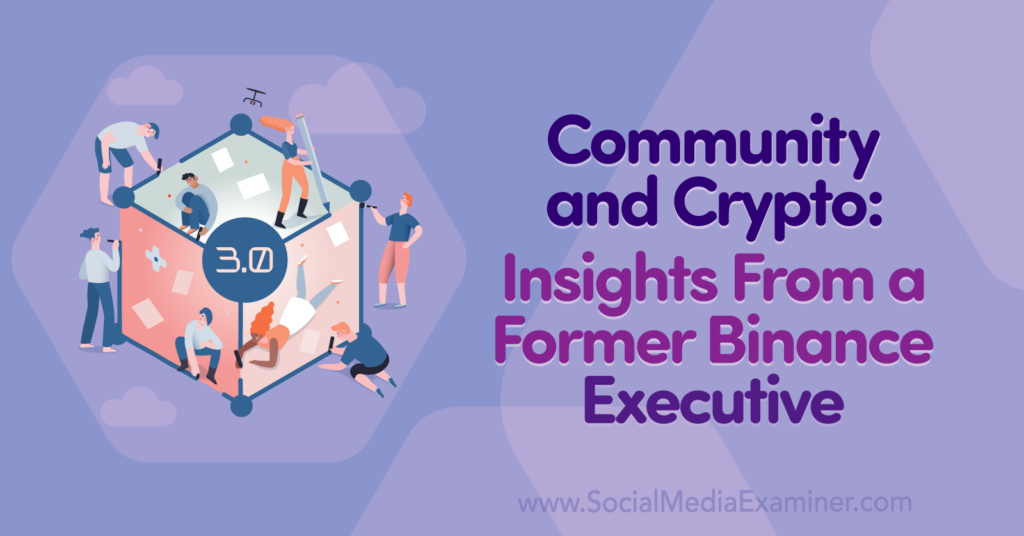
Why Community Drives Success in Crypto
In a nutshell, an NFT (non-fungible token) or a crypto project is still a product. And just as with most products, it's nothing without a community behind it. The community you build for your business or crypto project will be your biggest fans, cheerleaders, and advocates, and having an engaged community will attract even more people to your community.
Additionally, having a community that's passionate about your project helps instill trust. In much the same way that people turn to Yelp reviews, they want to see that a business or project is widely supported and others appreciate the value they receive from the project. Everyone likes to be early to discover the next great project but no one really likes to be the very first.
When it comes to a community, establishing that initial confidence for potential new buyers is incredibly important for any company or any crypto project. The way you build that community usually starts with your core community.
Your core community is made up of the first people who expressed interest in your project, joined your Discord or Telegram chat, and can't wait to get started. A lot of them are probably already in your other communities, following you on social media, and have already heard a little bit about your project. They're excited to watch you start building it.
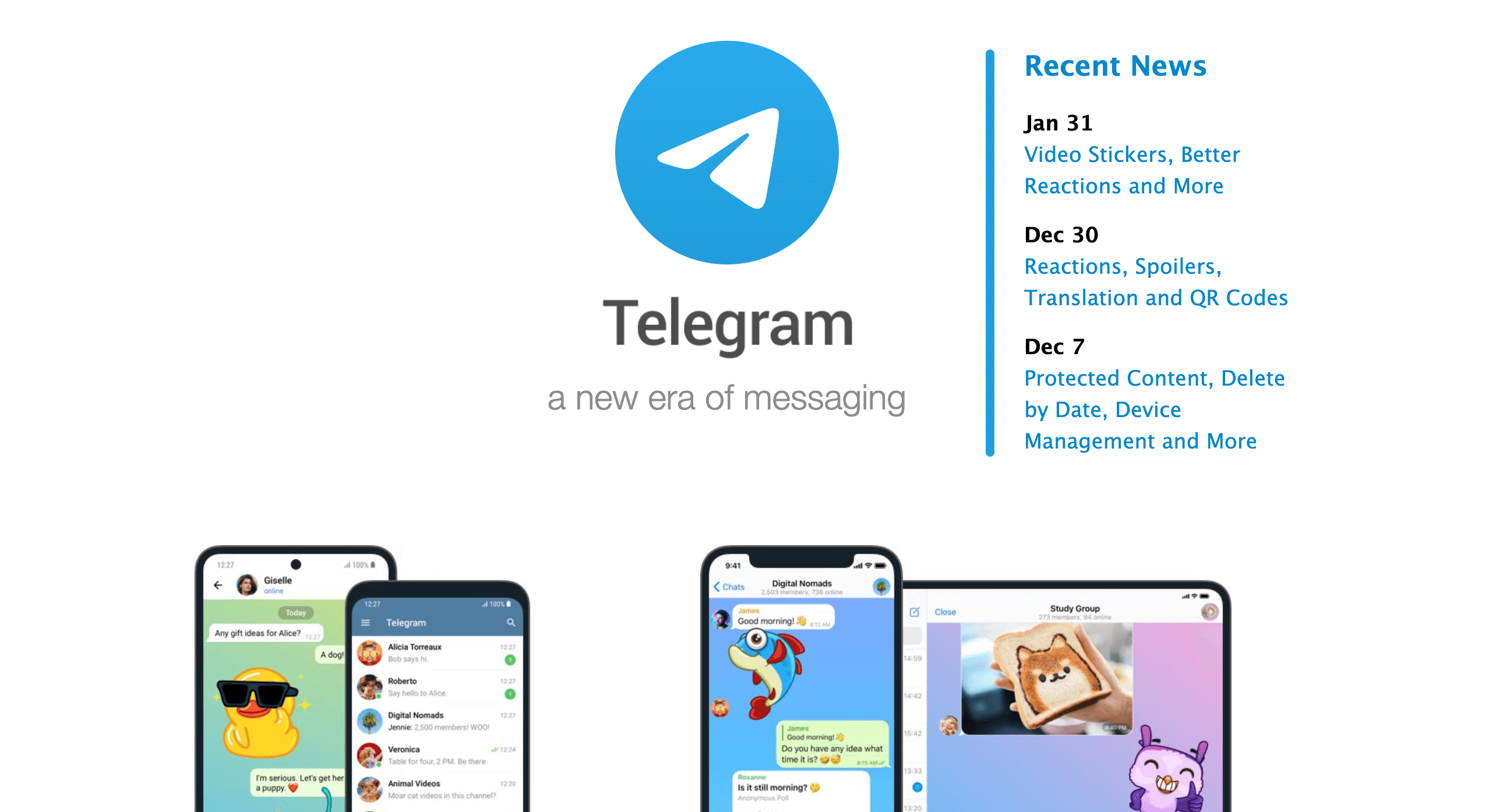
Once you've built the core community, you need to be receptive to them, consistently communicate with them, show your appreciation, and use their feedback to help mold your project. The more you cater to this core community and the more feedback they're able to provide, the more appealing your project will appear to a wider audience—people looking in from the outside and deciding whether to join.
A lot of marketers and businesses want to start their crypto project from zero and get thousands into their community overnight, but it doesn't happen that way. You have to start with the core community, communicate with them, and build their excitement so they'll hype up the community to others and advocate to bring in new members.
How Integrity and Transparency Play Into the World of Crypto
We're talking a lot about building a community through trust, yet in the world of crypto, a lot of people use pseudonyms and usernames to help hide their real names from their communities. Some people never show their face at all. So how can a community be built on integrity and transparency to establish that trust if you're talking about doing business with someone you've never met?
Integrity and transparency manifest differently in the crypto world than they do in the business world. Both are still important to building that trust and authority in the crypto world, they're just handled differently.
In the business world, you build trust by showing your vulnerability, using your real name, and posting a headshot. In the world of crypto, that transparency is handled by the blockchain.
In the business world, your transparency might come from sharing some behind-the-scenes stories about your business or talking about struggles you've overcome. While you can talk about some of your dreams and projects you're funding, your community doesn't expect you to share an itemized list of where the money flowing into your business is divided and spent.
But in the crypto world, anyone can access the blockchain and see exactly where funds are coming into your project and where they're going out. The notion and burden of trust move off of your shoulders and onto the blockchain.
This is another reason why it's so beneficial to have a community that's passionate about your project. The more invested they are in what you're doing, the more often they'll check that blockchain to see where you're going and hopefully watch their value rise. Having an enthusiastic community that receives incentives just by being a part of the project builds trust while the blockchain keeps the necessary components transparent.
Transform Your Strategy with World-Class Training

Want the best training and insights to take on anything—without leaving the comfort of your home or office?
The On-Demand ticket for Social Media Marketing World 2022 gives you access to recordings of every keynote, session, and workshop from the event for an entire year. But hurry, the offer ends soon, then they're gone forever.
GET THE TRAININGAll of this boils down to the fact that the code is something people can predict and trust. There's a saying in the blockchain: "In code we trust." That's because code doesn't have its own personal agenda. Code doesn't have a price at which it'll make a different choice.
People, on the other hand, are harder to predict. There's another maxim that every person has a price for their integrity. Computers, at least at this stage, don't have power over their decisions. That plays into the notion of transparency and trust in the crypto world, and helps you develop your crypto community.
More than anything, when someone buys into a project, they want to know that the creator of that project is going to do what they said they were going to do. The blockchain ensures that happens, whereas simply writing a blank check and handing it over to someone carries an inherent risk that they may not follow through.
Avoiding Scams in the Crypto Space
Anything with great opportunity brings corruption alongside it. In fact, the presence of corruption could be viewed as a sign of opportunity. Despite the facts that the code is a code, crypto is built on a contract, and the blockchain is transparent, there are still scams out there. For example, people put up bad NFTs, sell fakes, and get thousands of dollars for them.
Because of the contract, there's no backing out later. You can't run back to your bank or credit card issuer and tell them that you got scammed. There's nothing anyone can really do for you at that point because the code and contract are unbreakable.
Remember that crypto projects rely on a community built on trust. If a stranger approaches you on the street and asks you to do business with them, you'd probably say no. While you might decide to do some independent research into their background, you probably wouldn't hand over thousands of dollars to someone you just met based solely on the promise of an opportunity.
However, if someone you trust is involved in a new project or introduces you to a new opportunity, you're much more likely to give it a full listen and possibly even invest. Because someone you trust trusts the project.
The best way to avoid scams is to use the same critical thinking that you would apply to almost any other opportunity in business. Who's presenting you with the opportunity and how much do you know about them? Do you know anyone else who trusts this person? Is it something you've heard of before or does it really seem just out of the blue?
Find someone who knows something about it or find a reputable source online that can help provide more information before you start jumping into any new opportunity. When it comes to the world of crypto, there's a pretty steep learning curve.
Tips for Growing a Community for Your Crypto Project
If you're ready to build a community in this new frontier, here are some tips for getting everyone on the same page, building trust, and keeping people engaged with what you're doing.
Is Web 3.0 on Your Radar?
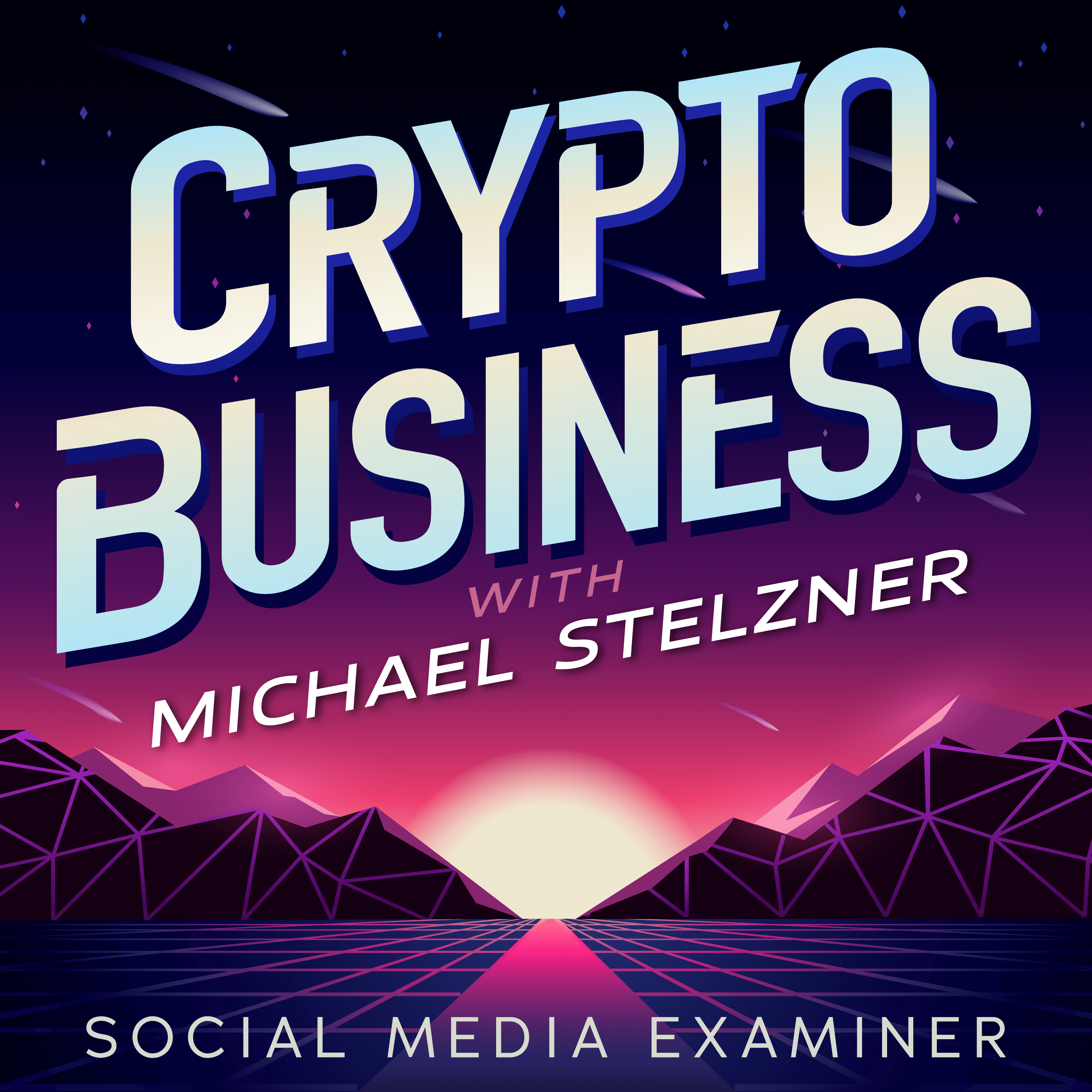
If not, it should be. This IS the new frontier for marketing AND business.
Tune into the Crypto Business podcast with Michael Stelzner to discover how to use Web 3.0 to grow your business in ways you never thought possible—without the confusing jargon. You'll learn about using NFTs, social tokens, decentralized autonomous organizations (DAOs), and more.
FOLLOW THE SHOWOutline Your Vision in a Mission Statement
First, you need to have a mission or a vision statement that aligns with the audience you're trying to appeal to. Without that, you have nothing to build your community on. A mission statement is important to align your community with your project so they have a reason to be interested in or passionate about what you're doing.
Really give some thought to what your mission is, what it is that you want to change, and what that change would mean to your industry and the community you're hoping to build. For example, CEEK is a unique project that's designed to help artists get paid in a transparent way through blockchain technology.
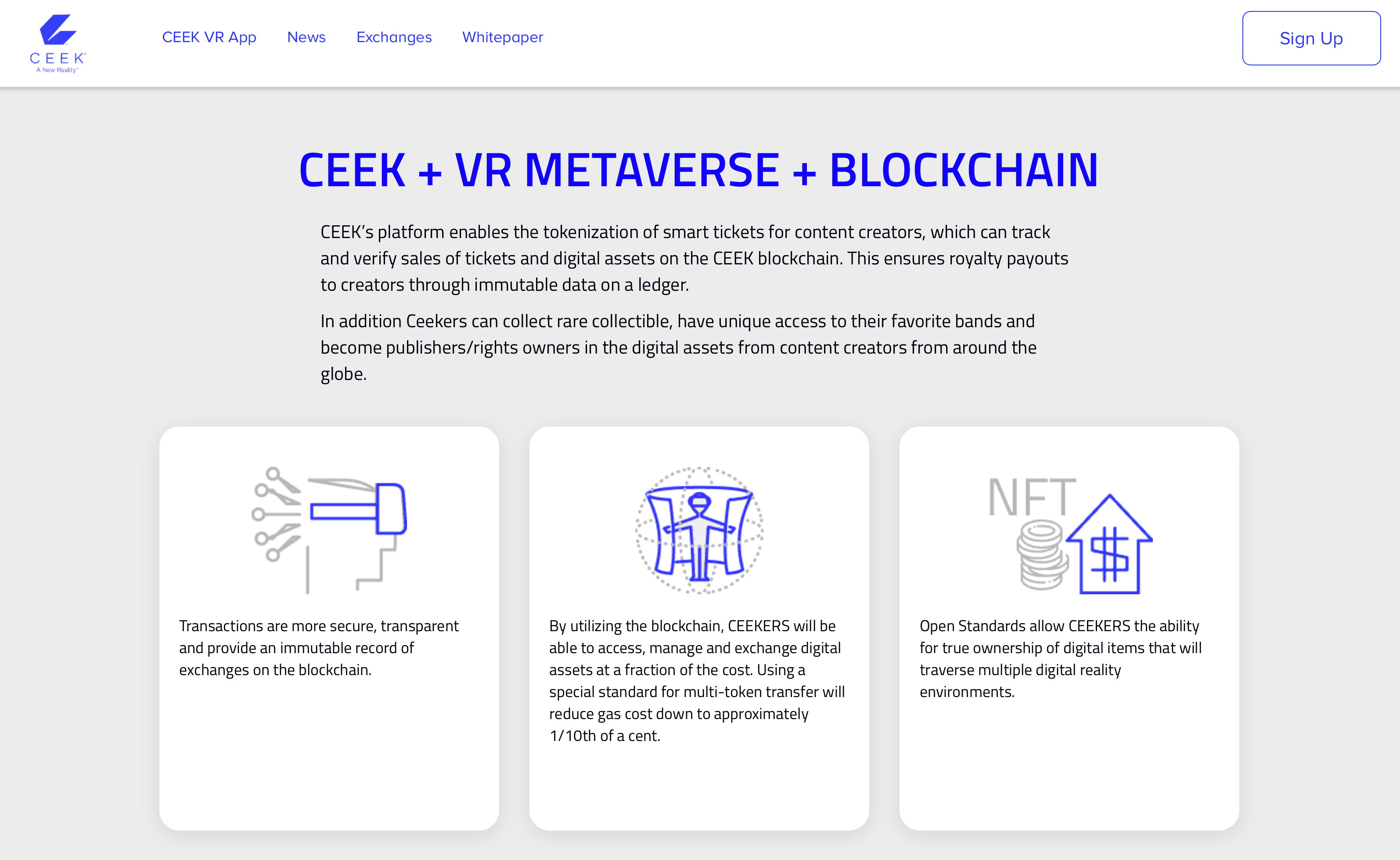
In a way, building up your crypto community can be a lot like launching a new project on Kickstarter, just without Kickstarter. You can carry a market before you invest all of your time and resources into your crypto project, test the validity of your project and mission, and put forward a roadmap of what you're trying to develop.
As people invest in that vision, ultimately they'll help you fund it. So you can essentially have a vision and if a certain number of people are interested, they'll help fund and build it as you grow.
Choose the Right Team
Next, and equally important to your mission or vision, are the people who'll be on your team. Whenever you purchase or invest in anything, you may not necessarily be investing in the project as much as in the team behind that project. You have to trust that they're going to execute based on what they promise.
Make sure that the team behind your project will help you execute your vision and connect and engage with your community. Your community needs to trust that your team will help you build your vision.
Your team can help build this trust by how they communicate and engage with the community. They'll need to provide updates to keep the community happy and satisfied with the progress.
And if something doesn't happen the way you expected, if something looks like it may be off, or if any doubts start to come up within the community, your team will be able to alleviate the fear and confusion by communicating what those changes were and why they happened. They can reestablish the trust and confidence, hype everybody back up about the changes, and ultimately keep you growing.
Attract Members to Your Community
The world of crypto is still so new that there are a lot of skeptics out there. There's a lot of chatter surrounding crypto, yet a lot of people avoid getting into crypto until they hear it from someone they trust. You might hear about crypto from everywhere, but then one particular person you trust happens to say something about it. Once you find out that they're involved, that's what turned your head.
And digging deeper into that line, they probably had the same experience. They probably were hearing about crypto but didn't pay attention until someone they trust brought it to their attention. And that person probably heard it from someone they trust, and so on.
As you build your initial core community, you're likely going to start with your existing community. Then find those beacons of trust and talk to them. If you can get them involved and passionate about what you're building, they'll help spread the word to people who trust them.
There are a few different ways to do this. Several channels have influencers and micro-influencers from within the crypto space with engaged followings, such as CryptoWendyO and BitBoy Crypto. And once you've built up your community around your vision, you can reach out to some of these influencers to try to get them on board.
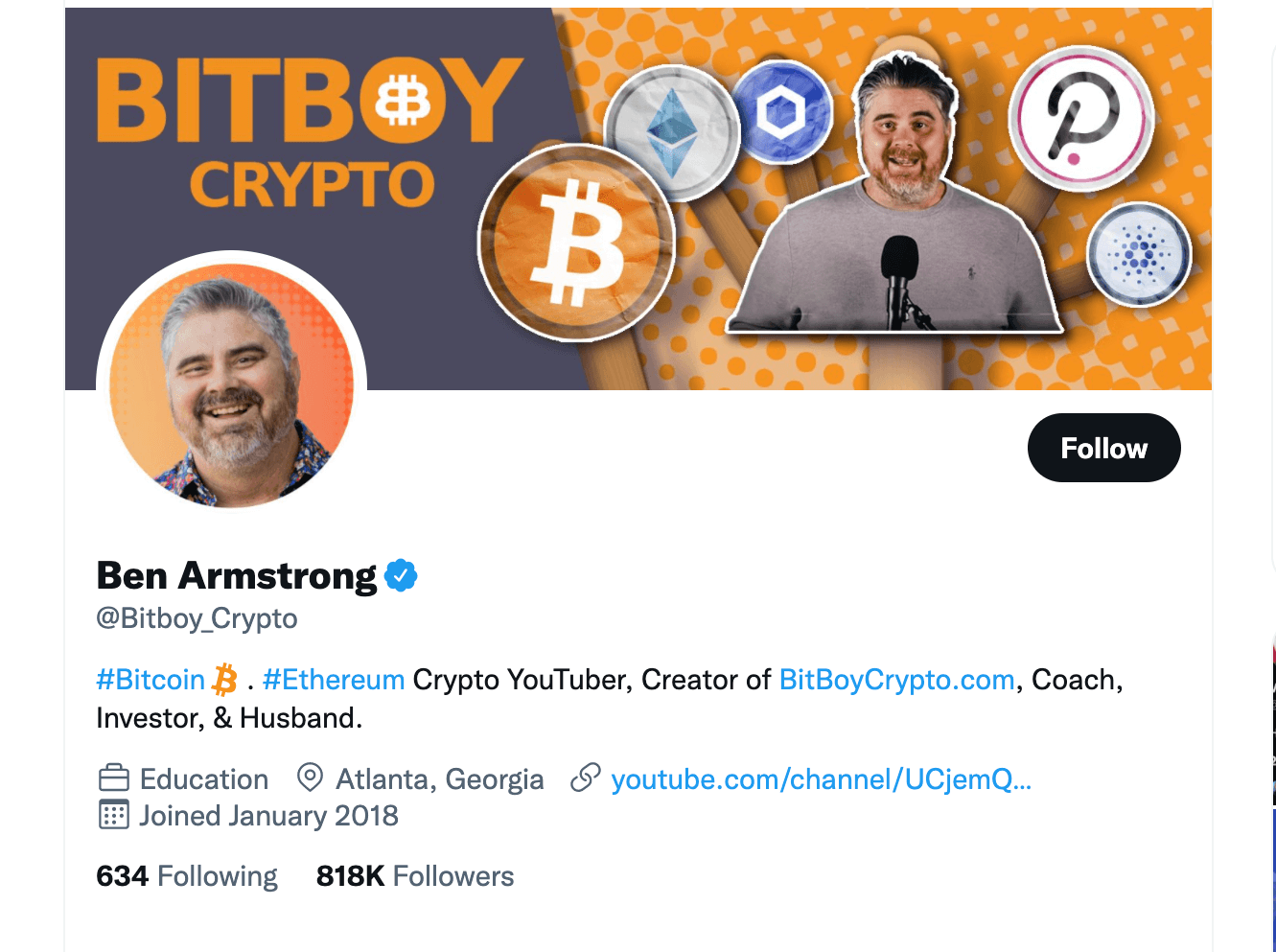
Keep Members Engaged With the Community
It always seems to come down to engagement. First, after the initial excitement of the launch, there's going to be some fall-off. For example, if you can bring together 10,000 members for your community, after the first 30 days of excitement, you'll probably be left with about 1,000 really passionate, engaged, and determined community members who are there for your project.
A lot of members drop off because they got involved for the potential of a higher return on their investment, but their passion for the actual project or your vision wasn't as large as their desire for a return. That's okay. You can continue growing and realizing your vision by keeping those who stick around hyped up and engaged.
One way to do this is to host regular "ask me anything" sessions where you talk to your community about your progress and everything you've accomplished. You can continue with contests, giveaways, and other events to keep them excited about their involvement with your project.
As their passion for your project is nurtured, they'll continue to advocate for you. They'll bring in other people who are just as passionate about your project and fewer people who are after that initial monetary return on their investment.
Jarred Winn is a blockchain growth advisor and CEO of Winn.solutions, a blockchain advisory agency that helps blockchain projects launch and grow. Find Jarred on Twitter and LinkedIn at @JarredWinn, and learn more about him at winn.solutions.
- Check out Binance, Ethereum, Bitcoin, CEEK, Telegram, Discord, CryptoWendyO, and BitBoy Crypto.
- Connect with Michael Stelzner at @Stelzner on Instagram.
- Watch the interviews on the Crypto Business YouTube channel.
Listen to the Podcast Now
This article is sourced from the Crypto Business podcast. Listen or subscribe below.
Where to subscribe: Apple Podcast | Google Podcasts | Spotify | Amazon Music | RSS
✋🏽 If you enjoyed this episode of the Crypto Business podcast, please head over to Apple Podcasts, leave a rating, write a review, and subscribe.
Want To Make Your Job Easier?
We've assembled a list of our favorite tools, solutions, and apps to help simplify and maximize nearly every area of your marketing. Whether you need help planning content, organizing your social posts, or developing a strategy…you'll find something for every situation.
FIND YOUR NEXT FAVE TOOL

0 Comments